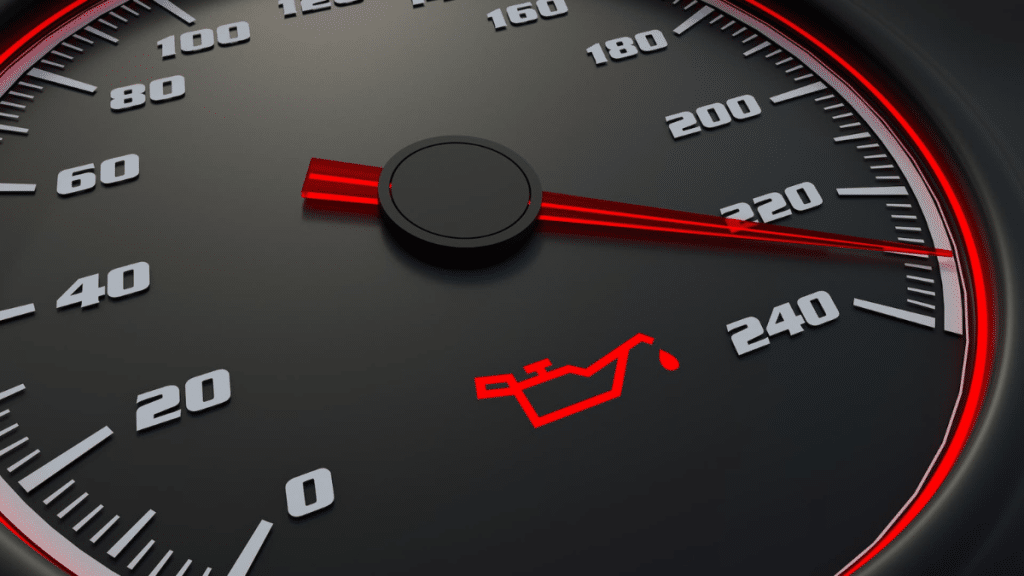It is easy to fall into the habit of glancing at your dashboard without really seeing it, especially if your car’s running smoothly. But tucked away among the cluster of lights and needles is one small dial that can spell big trouble if ignored, and that is the pressure gauge. Sure, it might not grab your attention like a fuel warning or check engine light, but when it starts acting up, it’s often the first hint that something is off.
Here are some of the common signs that your oil pressure gauge could be on its last legs, and why it is not something to leave to chance.
Readings That Jump Around for No Reason
You have probably developed a feel for your car. The hum of the engine, how it handles in traffic, even how it idles at a red light. So when the gauge needle starts bouncing around like it’s had one too many espressos, yet your car seems fine otherwise, there could be a problem.
Fluctuating readings that don’t line up with how the engine is actually behaving usually point to a gauge or sensor issue, not a sudden change in oil pressure. This can happen when sensors go bad or the gauge’s inner workings start wearing out. Either way, don’t brush it off. You don’t want to be second-guessing your engine’s health every time you drive.
The Needle Sits at Zero Even When the Engine is Purring
A pressure reading of zero is the kind of thing that makes your heart skip a beat. But if the engine is running without knocking, overheating, or throwing up warning lights, chances are the issue is not your oil pressure but the gauge.
Faulty wiring, a worn-out sending unit, or just a tired gauge can all cause a false zero. And while your engine might be just fine, relying on a broken indicator leaves you flying blind. Worse, it could eventually stop you from spotting a real problem when on the road.
Constant Maximum Readings That Never Drop
On the flip side, a pressure gauge that is constantly pegged at the top of the scale also indicates an underlying problem. If your readings never budge from maximum, even during startup or idle, there is likely a failure somewhere in the system.
This can come down to a short in the wiring or a busted sensor, but more often than not, the gauge itself has had enough. Time and heat take their toll, especially on older vehicles. And when the internal components break down, the gauge can default to the highest reading, giving you a false sense of security you really don’t want.
Visible Wear or Damage to the Gauge Face
Sometimes the damage is plain as day. If the gauge face is cracked, fogged up, or its markings are fading into obscurity, don’t just write it off as cosmetic wear and tear. That kind of visible damage usually means the seal is gone, moisture’s gotten in, and the electronics are at risk.
Heat, dust, and vibration from the engine bay can be brutal over time. A gauge that is weathered and worn is not likely to be doing its job properly. And hey, if you can’t read the numbers or trust what they are telling you, what is the point in keeping the gauge?
Takeaways
Think of the oil pressure gauge as your engine’s early warning whisper. It never screams like a warning light, but when it starts acting strange, there is always a problem.
Getting ahead of a failing gauge means you stay in control, protecting your engine, your wallet, and your peace of mind. When it is time to replace, opt for a quality unit from a trusted supplier. Lastly, always remember that a dependable gauge doesn’t just sit on your dashboard. It is more of like a window into what’s really going on under the hood.
